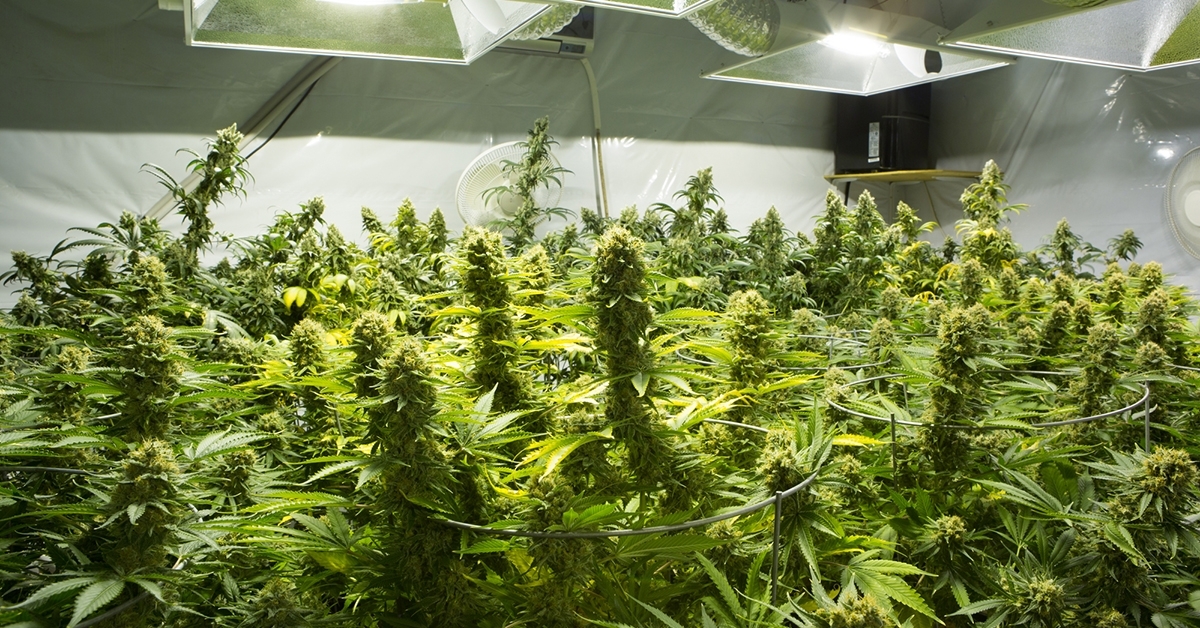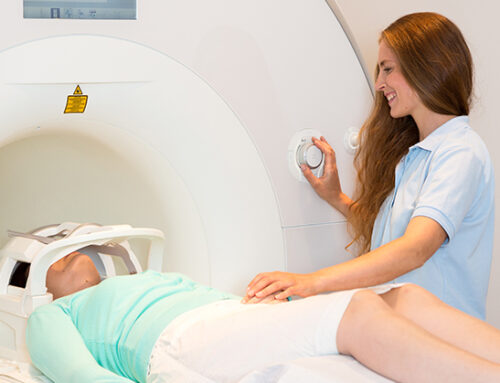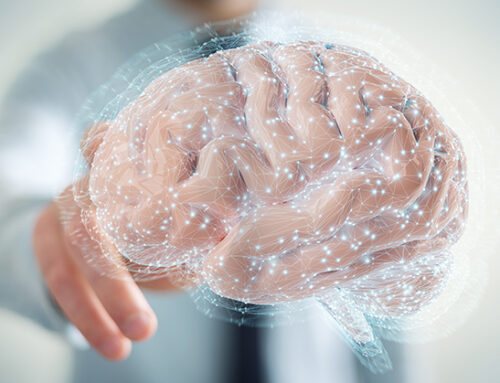I hear a great deal about the medical benefits of marijuana these days, mostly because our group also publishes information about alternative cancer treatments. When it comes to cancer, marijuana has become quite the thing.
A number of states have legalized medical marijuana. Some have gone the extra step of legalizing the drug for recreational use. There’s no denying that serious research has been conducted on marijuana and its active ingredients, called cannabinoids.
But before you indulge, you need to know about the drug’s effects. Unfortunately, the ingredients that have medicinal benefit are the same as those that alter the mind. I’ll show my hand early and tell you that I don’t think the “high” is harmless.
Let’s be fair: Some early research, which needs to be confirmed, shows marijuana may help protect the brains of older people. But studies of younger brains are less reassuring. Here’s what my capable researchers have found.
Effects on Young People
Studies that focus on how marijuana affects the brains of young people show that it can lead to significant abnormal developments in the brain.
A collaborative study1 at Northwestern Medicine® and Massachusetts General Hospital/Harvard Medical School found that the brains of marijuana users who only smoke once a week may be in danger.
“This study raises a strong challenge to the idea that casual marijuana use isn’t associated with bad consequences,” says researcher Hans Breiter,M.D. “Some of these people only used marijuana to get high once or twice a week. People think a little recreational use shouldn’t cause a problem, if someone is doing OK with work or school. Our data directly says this is not the case.”
Physical Changes that Can be Meaured
The scientists discovered that two areas of the brain — the nucleus accumbens and the amygdala — undergo significant structural changes in casual smokers. Aside from having a role in motivation and emotion, these areas are also linked to addiction.
In particular, the nucleus acccumbens can grow abnormally large.
“These are core, fundamental structures of the brain,” says researcher Anne Blood, director of the Mood and Motor Control Laboratory at Massachusetts General Hospital. “They form the basis for how you assess positive and negative features about things in the environment and make decisions about them.”
These changes reflect how the brain rewires itself as it develops a marijuana dependency (and, yes, I can tell you from nearly 50 years of observation that people do form a habit that is very hard to break). Other lab tests have shown that when animals are given tetrahydrocannabinol (THC), the active ingredient in marijuana, their brains form new connections among their neurons.
Because of these study results, Dr. Breiter says, “I’ve developed a severe worry about whether we should be allowing anybody under age 30 to use pot unless they have a terminal illness and need it for pain.”
Pregnancy Warning
There are additional concerns. Women of child-bearing age should be aware that if they become pregnant, THC can impair fetal brain development. A study2 at the Karolinska Institutet in Sweden shows that marijuana exposure may lead to the defective development of neurons in a part of the brain called the cerebral cortex. This brain area is essential for intellectual thought and memory formation.
Anti-Alzheimer’s Potential
Now for some good news about pot. For older people, the research into the effects of marijuana is less scary. A study3 at the University of South Florida shows that very low doses of THC may protect against the production of amyloid beta, the problematic protein that accumulates in the brain when you develop Alzheimer’s disease.
Low doses of THC may also improve the efficiency of mitochondria, the energy-producing units in cells that malfunction when you develop a problem like Parkinson’s disease.
“Decreased levels of amyloid beta means less aggregation, which may protect against the progression of Alzheimer’s disease,” says researcher Chuanhai Cao. “Since THC is a natural and relatively safe amyloid inhibitor, THC or its analogs may help us develop an effective treatment in the future.”
The Florida researchers are quick to note that they are not necessarily recommending the use of marijuana to prevent Alzheimer’s. But this type of research demonstrates that marijuana use is probably safer for seniors than it is for the young.
At this point, there hasn’t been enough research on marijuana and dementia to warrant anyone using it as a therapy.
The situation is different for cancer. The research I’ve seen is pretty conclusive that the drug helps patients and is even implicated in remission of the disease. (In the early days, it was touted mostly as a way to reduce the nausea caused by chemotherapy, improve appetite and reduce pain.) But my recommendation is that there are plenty of other proven, natural cancer therapies and there’s no need to use one that spins your head off into Jerry Garcia land.
I know of at least one advocate who claims the high is small stuff, barely noticeable, and doesn’t even occur anymore after a patient has adjusted to using the drug medicinally.
Nonsense. I knew too many people who became potheads and derailed their whole lives. Daily use is, well, crazy.







